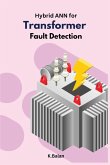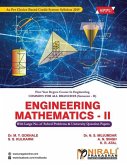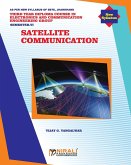The demand for high-speed wireless communication has driven the development of orthogonal frequency division multiplexing (OFDM), which provides excellent spectral efficiency in wireless channels. However, OFDM has a significant drawback: it has a high peak-to-average power ratio (PAPR), which can cause significant distortion and nonlinearity in power amplifiers. Therefore, reducing the PAPR is essential for the effective implementation of OFDM. In the book "Reducing PAPR in OFDM: Investigative Techniques," Sanjana Prasad examines various investigative techniques for reducing PAPR in OFDM systems. The author presents an in-depth analysis of the problem and explores the latest techniques used to mitigate signal distortion and nonlinear distortion. The book provides a comprehensive understanding of the techniques used in PAPR reduction, including precoding, companding, clipping, filtering, and partial transmit sequence, among others. The author also discusses signal distortion mitigation techniques, such as tone reservation, active constellation extension, and selected mapping. The use of optimization techniques, such as genetic algorithm and particle swarm optimization, is also discussed in detail. Moreover, the book highlights the importance of machine learning and artificial neural networks in optimizing PAPR reduction techniques. The book also covers various aspects of digital communication, including signal processing, channel coding, modulation techniques, and frequency domain equalization. The author discusses the impact of these factors on the bit error rate and signal-to-noise ratio. Overall, "Reducing PAPR in OFDM: Investigative Techniques" provides an essential resource for researchers and engineers working in the field of wireless communication and OFDM. The book provides valuable insights into the latest techniques for reducing PAPR and improving the performance of OFDM systems, making it a must-read for anyone involved in digital communication and wireless networks.







